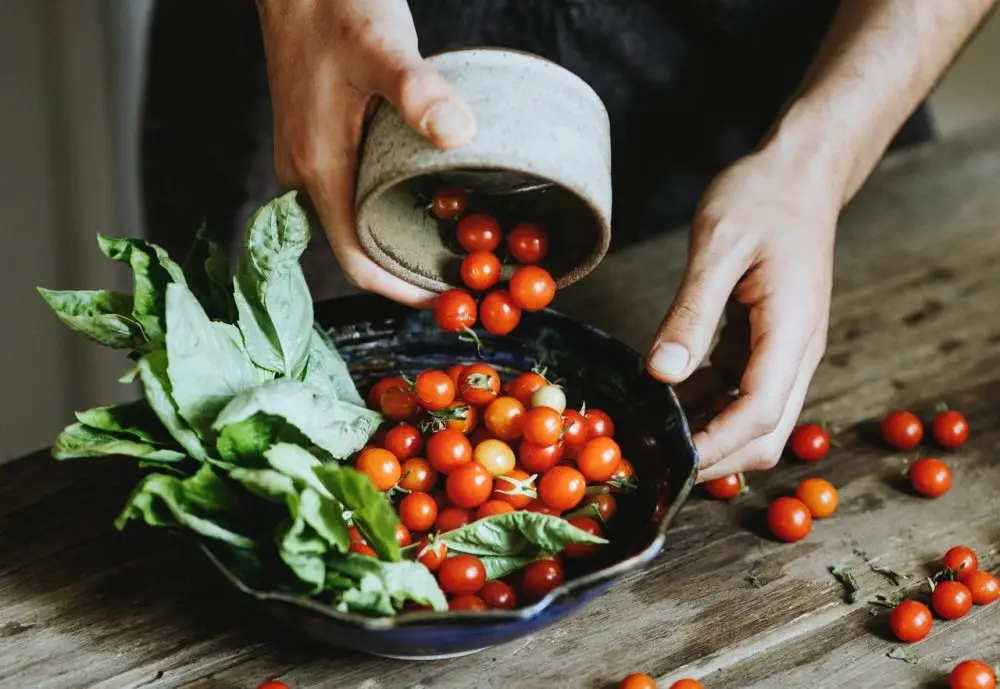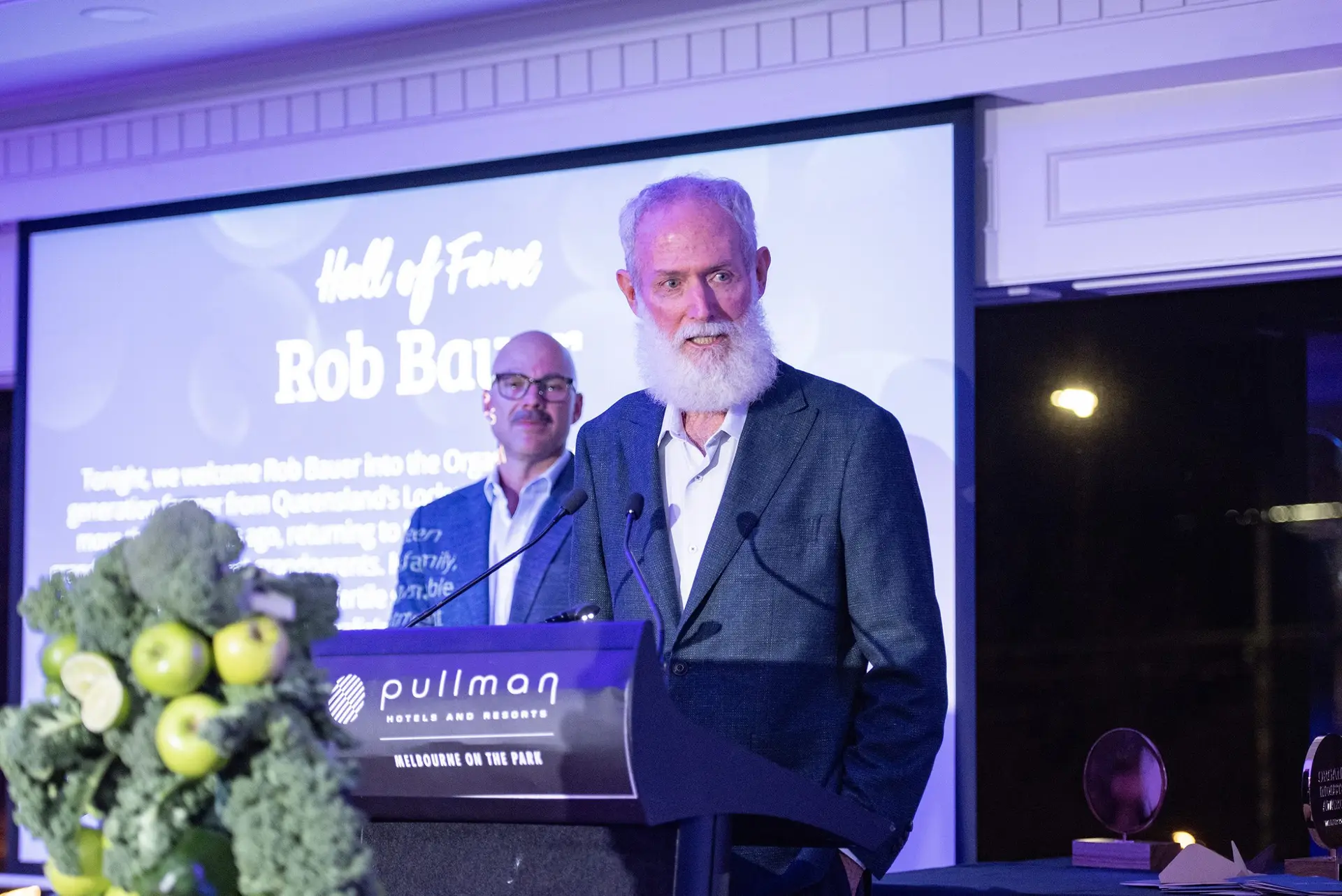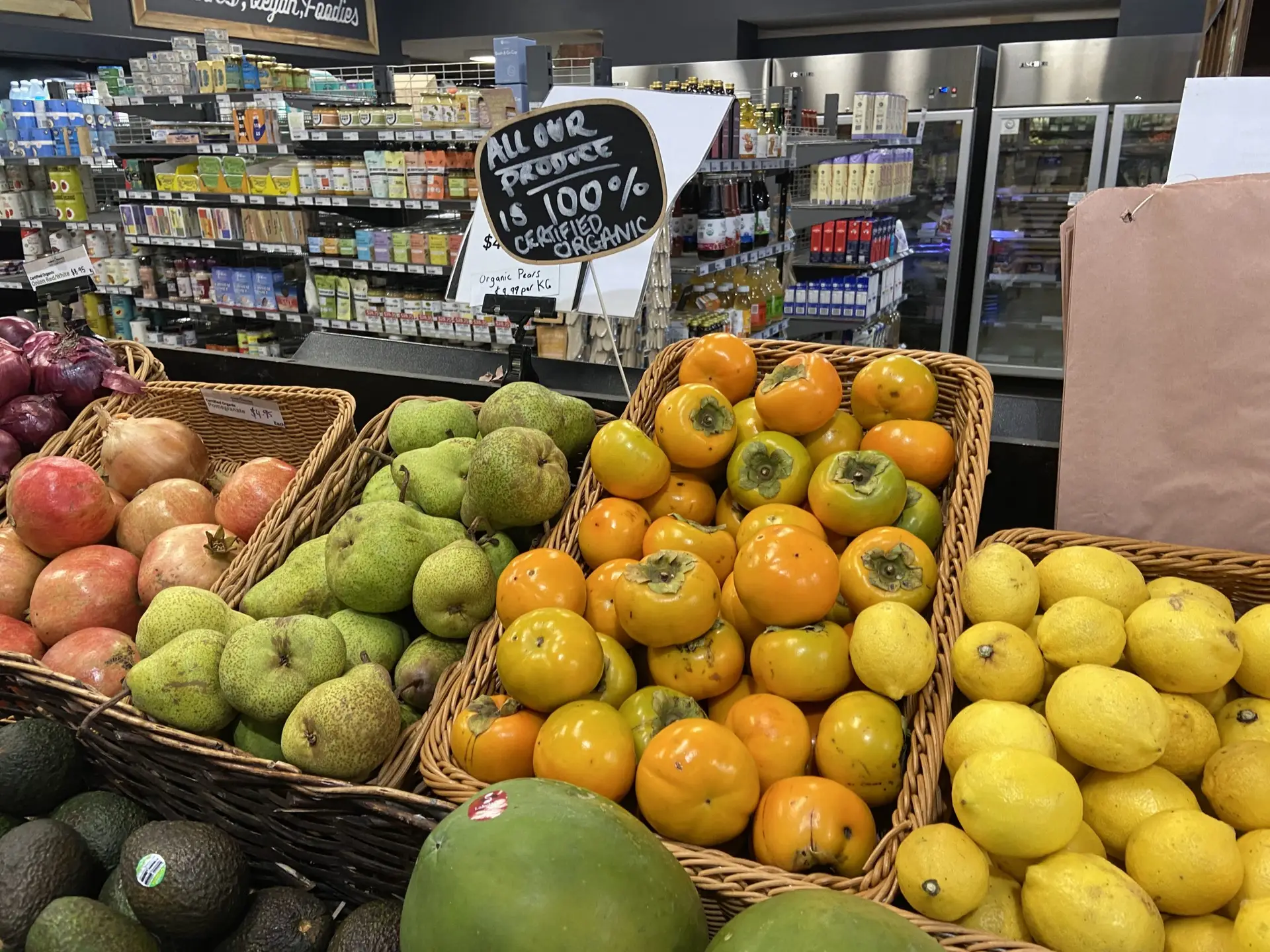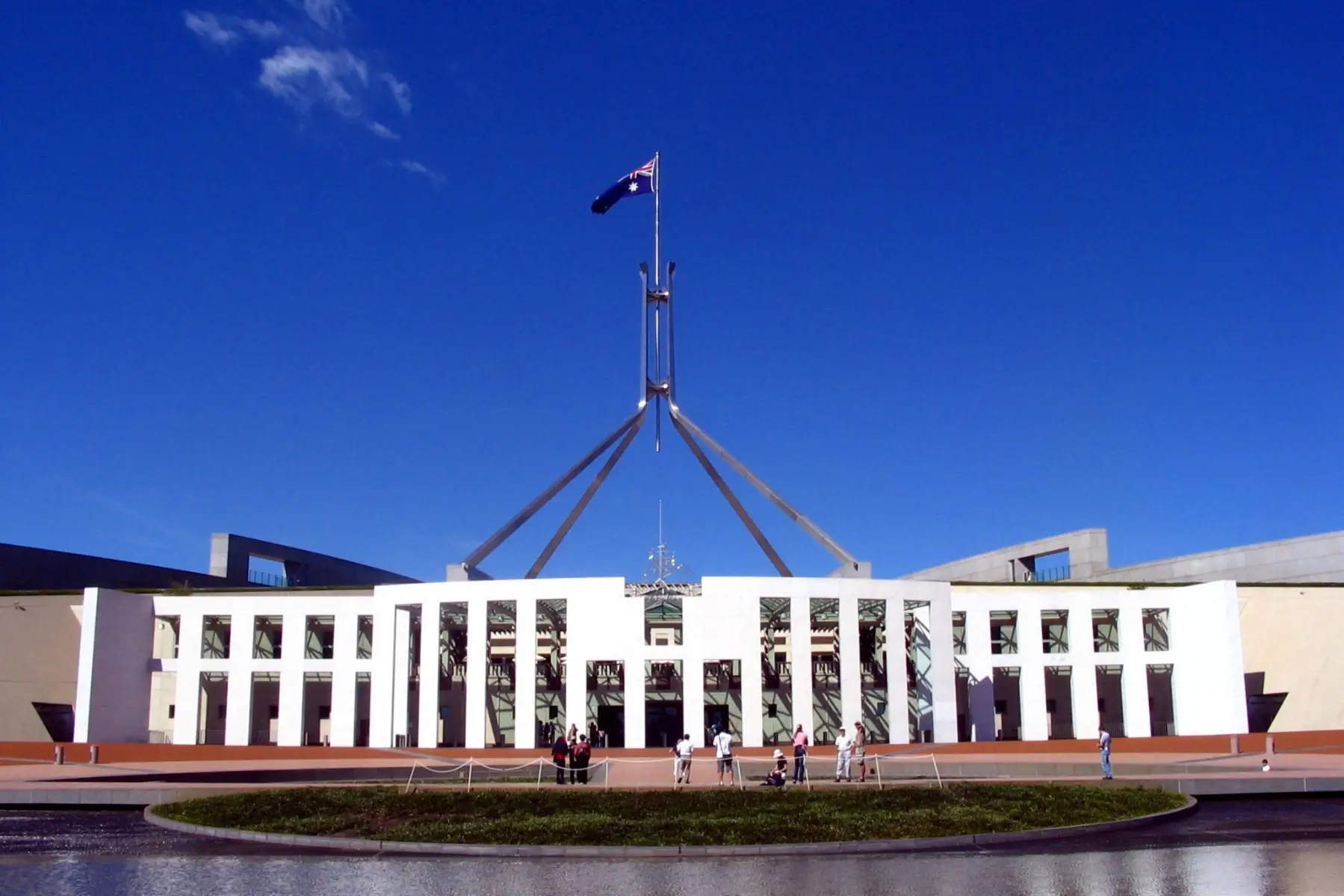Curated by a team of industry groups and health professionals, the ‘Fruit & Vegetable Consortium’ is a new industry body, launched to advocate the consumption of fruit and veg in Australia.
Throughout the COVID-19 pandemic, Australia continues to provide a bountiful supply of fruit and vegetables – yet just half of Australian adults (and two thirds of children) currently consume adequate amounts of fruit per day.
Australia’s complacency about eating fruits and vegetables, vital to building a strong immune system, is particulary alarming during COVID-19 and the preparations for the nearing flu season.
The Fruit & Veg Consortium was founded in response to these figures, hoping to provide options to increase the consumption of fruit and vegetables and providing further education into why fresh produce is vital for health and well-being.
In terms of vegetables, just seven per cent of Australian adults and five per cent of children meeting the recommended guideline for daily intake.
The inaugural chair of the Consortium is Nutrition Australia, Vic CEO Lucinda Hancock, alongside other founding members including AUSVEG, the Cancer Council of Victoria, Heart Foundation, Deakin University Institute for Physical Activity and Nutrition, Melbourne Market, Stephanie Alexander Kitchen Garden Foundation, the Good Foundation, the Produce Marketing Association of Australia New Zealand and VicHealth.
Over 50 organisations have already pledged their support to the Consortium since launching just four weeks ago. Ms Hancock commented that increasing fruit and vegetable consumption is not only important in improving the overall health of the general public, but also a way to reduce government expenditure.
“Diets rich in fruits and vegetables have been shown to protect against high blood pressure, obesity, heart disease, stroke, type 2 diabetes and some cancers,” said Hancock.
“The job of increasing fruit and vegetable consumption is too much for a single person or organisation. This Consortium was born out of a common imperative to increase fruit and vegetable consumption with the aim of improving health outcomes for Australians and their families.”
CEO of AUSVEG, James Whiteside, the peak industry body for vegetable growers, said that it was important that producers work together with health professionals, researchers and other organisations to promote the consumption of fruit and vegetables.
“Growers are deeply committed to increasing vegetable consumption among Australians of all ages and are keen to work alongside the food and health industries to improve the health and wellbeing of Australian men, women and children,” said Whiteside. “The health benefits of increasing vegetable consumption are well-documented, but the rates of consumption are still unacceptably low. We need to work together to pool our research, knowledge and passion to remedy this.
“If every Australian ate an additional half a cup of vegetables per day, government health expenditure would reduce by an estimated $100 million per year ($60.7 million to the Commonwealth Government and $39.2 million to states and territories).”
The Consortium’s first major project involves developning a business case and prospectus for funding – including government, retailers and other sectors – including outling the investment required for a sustained, behavioural change campaign.
“We are hopeful that we can work with industry groups, sectors, farmers, philanthropists and others with a goal to fostering a healthier population to develop a business case for a substantial behaviour change campaign that will make a difference for generations of Australians ,” said Hancock. “The importance of eating plenty of fruit and vegetables has never been more critical, so I urge everyone who has an interest in supporting the health of their families, friends and their communities to support the cause of the Fruit & Vegetable Consortium and see how you can help make a difference.”





